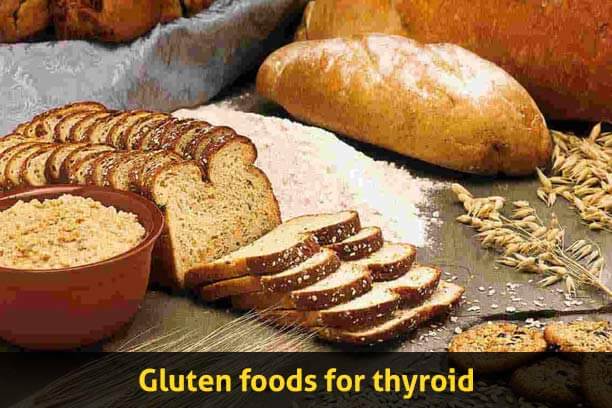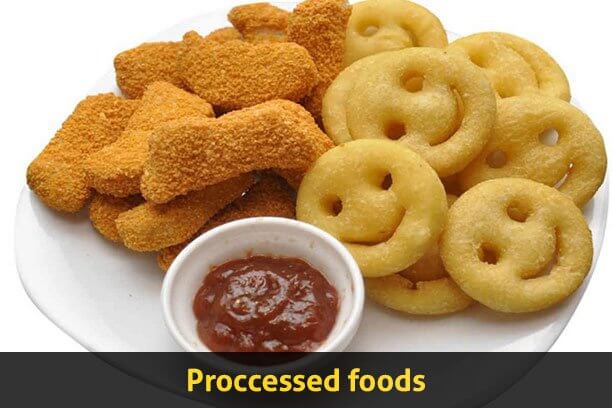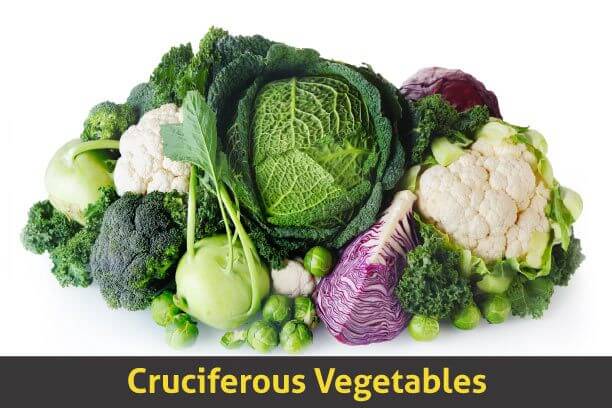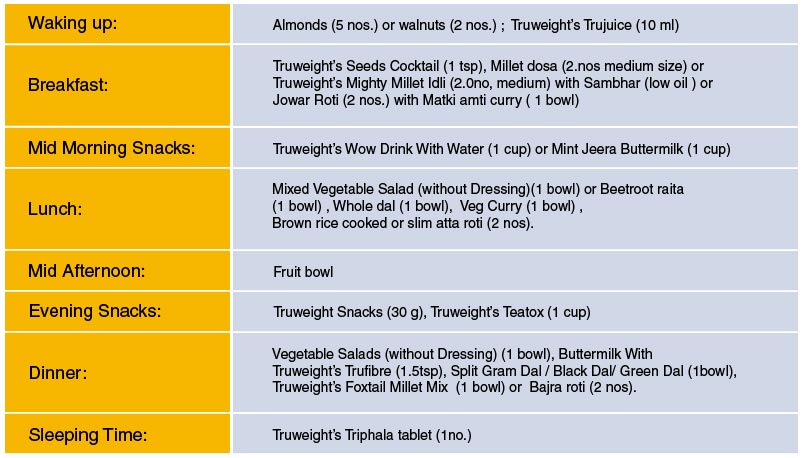Health, Nutrition, Superfoods
Thyroid Diet Chart: 5 Foods for Hypothyroidism Diet Plan
The underactive thyroid diet is a topic that is up for a lot of discussions!
But prior to rushing for the thyroid diet plan, it is of utmost importance to know about hypothyroidism.
Table of Contents
- Goitrogen effects on hypothyroidism
- Thyroid diet foods
- Superfoods for thyroid
- Foods to avoid in hypothyroid diet
- Hypothyroid diet chart
- Thyroid problems
According to studies, the prevalence of hypothyroidism, the condition where the thyroid gland becomes underactive, in India is 11%, compared while only 2% in the UK and 4·6% in the USA.
Although incurable, hypothyroidism or thyroid issue as a whole is found to be manageable with the right balanced-diet and lifestyle changes.
The thyroid diet plan basically forbids the inclusion of certain cruciferous vegetables like cabbage, cauliflower, broccoli, turnip.
Get FREE Health Consultation Today!
Goitrogens and their Effects on Hypothyroidism Treatment
A ‘Goitrogen’ is a term used to describe substances that interfere with the thyroid gland function.
Goitrogens can be from different origins like drugs, chemicals or even food.
These substances block the uptake of iodine by the thyroid gland and disrupt the thyroid hormone production.
Since iodine is an essential nutrient in the synthesis of thyroid hormone, many believe that eating foods that contain goitrogens can inhibit thyroid function leading to underactive thyroid or hypothyroidism.
These foods can further aggravate the symptoms of thyroid deficiency.
One of the major symptoms of poor thyroid function is weight gain. This blog of ours explains the inter-relationship of thyroid and weight loss in great detail.
Foods to be included in the Thyroid Diet Food Chart
Although we can’t say about a permanent cure for hypothyroidism, however, the right diet can help manage the disease better.
So here we come up with foods that needed to be included and the foods to be avoided in a diet for the hypothyroid patient
5 Recommended Super Foods for a Hypothyroid Diet
- Fish and seafood
- Nuts
- Whole-grain foods
- Fresh fruits and vegetables
- Dairy products
Know more about the above foods in the video below
If you are suffering from hypothyroidism and wondering what foods are safe to consume and include as a part of thyroid diet plan towards effective treatment of hypothyroidism treatment;
then this FREE Possible Nutritionist Consultation on thyroid treatment is just for you!
5 Foods to Avoid while following a Hypothyroid Diet
Here is the list of foods to avoid while following a thyroid diet chart.
Remember that while following a thyroid diet chart, the foods to be avoided are as important as the foods that are recommended.
So go through this list and keep them away for the sake of your thyroid gland.
1. Gluten
Gluten is a protein that is found in wheat, barley, oats, and their food products.
The main drawback of consuming gluten by hypothyroid people is that it hampers the gut system and causes body inflammation.

This affects the immune system and makes the immune system attack the body’s own thyroid. This readily enhances hypothyroidism.
A study published in the American Journal of Gastroenterology, it was seen that gluten withdrawal helped in improving thyroid complications [1]
2. Processed Foods
The Processed foods can be the villains in hypothyroidism. However, that doesn’t mean they are good otherwise.
We might think that increasing the salt intake can better the iodine condition of hypothyroidism.
But that isn’t true. Firstly, the salt content of processed foods is very high and that salt does not necessarily contain iodine.
In fact, it has been revealed that in case of excess of iodine
Also, the thyroid’s activity is restricted due to mechanisms like the production of cytokines that inhibits thyroid function or inclusion of iodine molecule in protein chain of thyroglobulin, that inhibits thyroid’s normal functioning [2].

Moreover, the processed foods that contain added sugar inhibits the conversion of T4 to T3, which isn’t good for hypothyroidism.
Get FREE Health Consultation Today!
3. Cruciferous Vegetables
A Cruciferous vegetables like cabbage, cauliflower, broccoli, turnip, bok choy, mustard greens, and watercress contain a substance called ‘thiocyanate’ that in very high concentrations can interfere with iodine absorption.

Hence, physicians advise against them as a part of a planned diet for hypothyroidism.
So, a thyroid diet plan should clearly concentrate on the levels of intake.
Note
For a normal individual with normal thyroid hormone levels eating cruciferous vegetables has far more health benefits than the potential risk to worsen thyroid function.
Eating these foods in normal amounts in the cooked form should be continued. One must avoid believing the myth to avoid all cruciferous vegetables to promote thyroid health.
Too much consumption of raw cruciferous vegetables can have an adverse effect in individuals with iodine deficiency or those with hypothyroidism.
4. Coffee
Excluding coffee in a hypothyroidism diet may be crucial because there is evidence about coffee inhibiting the absorption of hypothyroid medications [3]

So avoiding coffee, especially before taking thyroid medications is nutritionist recommended.
5. Alcohol
The Alcohol should be avoided in a diet for thyroid patient.
It has been scientifically proven that Alcohol suppresses the functioning of thyroid gland. Moreover, Alcohol causes cellular toxicity [4].

It has been reported by The University of Maryland and Medical Center that reducing or avoiding alcohol can significantly reduce hypothyroidism symptoms.
For an individual suffering from hypothyroidism, consumption of usual amounts of these foods only minimally raises the risk of worsening the symptoms of the thyroid.
Did you know?
Processed soy products could be restricted in a diet for hypothyroidism. Instead, fermented soy like tofu or miso can be incorporated in moderation.
Millets are rich in many nutrients and phytochemicals and can be incorporated into the daily diet in moderation. Millets were observed to impact thyroid function only when these were consumed as the staple food in large quantities.
Using iodized salt regularly and including iodine-rich seafood can help to provide the required iodine for thyroid function.
Hypo Thyroid Diet Chart from our Nutritionist, based on Possible’s products

The Bottom Line
The above article will give you an insight into what foods to include and avoid but the diet plan should include all food groups.
This will help you in an efficient supply of nutrients with better management of the disorder.
FAQs
1. What are the common causes of Hypothyroidism?
The most common causes are:
- Insufficient Iodine.
- Hormonal imbalance
- Gut bacteria imbalance
- Internal inflammation
2. What are the symptoms of Hypothyroidism?
The common symptoms include- Fatigue, cold, excess weight gain, constipation, dry skin, muscle weakness, puffy face, elevated levels of blood cholesterol, tenderness in the muscles.
3. What foods to include in the hypothyroid diet plan?
Food options like mixed nuts, brown bread, fruit bowl, brown rice, multigrain roti, mint jeera buttermilk, cucumber carrot juice, green tea, ginger tea, low-fat milk with turmeric imparts health benefits in hypothyroidism.
4. Can hypothyroidism be cured naturally?
With appropriate diet and proper exercise under expert’s guidance, complications of thyroid disorders can be reduced.
5. What can be the complications if hypothyroidism remains unchecked?
If remain unchecked, hypothyroidism can lead to birth defects, mental health issues like anxiety and depression, heart problems and even, goiter.
Inspiring Story of a Possible Client with Hypothyroidism
Also Read: Simple exercises for thyroid problems!

Submitted By,
Suhasini Mudraganam
Chief Nutritionist, Possible
Suhasini Mudraganam is a leading food scientist who was instrumental in designing the Possible Food plan. She has done her MS in Nutrition from University of Missouri, USA and has over 14 years of global experience.

I am 35 and just been diagnosed with a overactive thyroid can i eat cheesecake biscuits and chocolate at all I can not live on cereal and salad alone
Hi Emma, For any health codition, you need to follow a diet suitable for that so that the disease symptoms will be reduced. For giving you a diet plan, need a lab report, based on that you will be given a customised diet plan from Truweight. NO worries, you can have cheese cakes biscuits and cookies These can be included in the diet plan. For more information, please send us your contact details or call us on 1800-102-1255 Our representative will get in touch with you and explain everything.
Shall we use millet’s having with hyper thyroidism
Hi Samrajyamu! Yes, millets are rich in many nutrients and phytochemicals and can be incorporated into the daily diet in moderation. Millets were observed to impact thyroid function only when these were consumed as the staple food in large quantities.
Hi
I have hypothyroid from last 9 years and iam taking 125mcg, my weight is 72 my T3,T4.TSH levels are normal but i have always swelled legs.. pls suggest me how to reduce swelling in my legs and weight too.. can i take jowar roti in dinner pls suggest thank you
Hi Shailaja! We would like to inform that we have a thyroid management program, which helps you in weight-loss and controls yours TSH levels. Call us at 18001028751 to speak to the respective team.
This great article has really piqued my interest..
Dear Amit! We thank you for sharing your feedback towards our article.